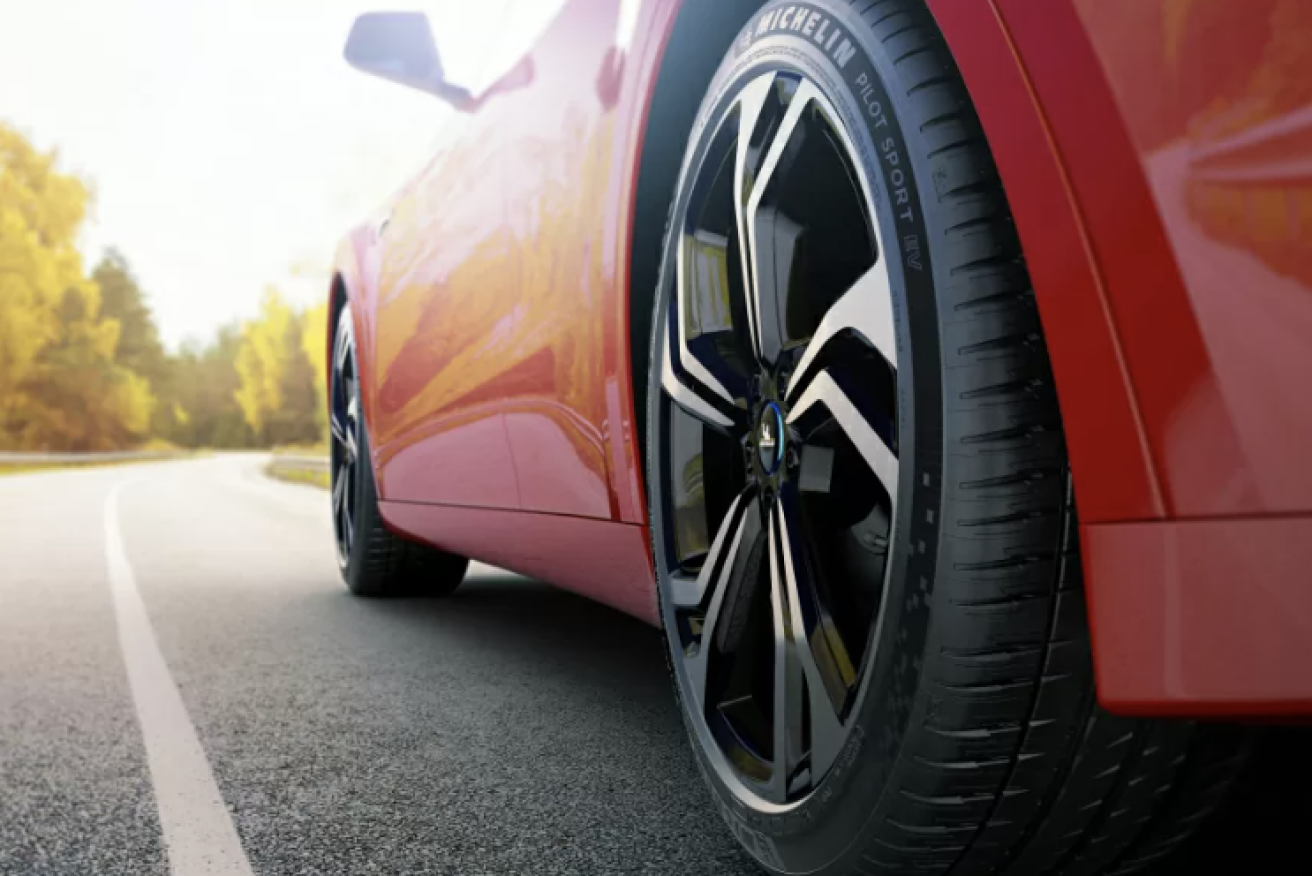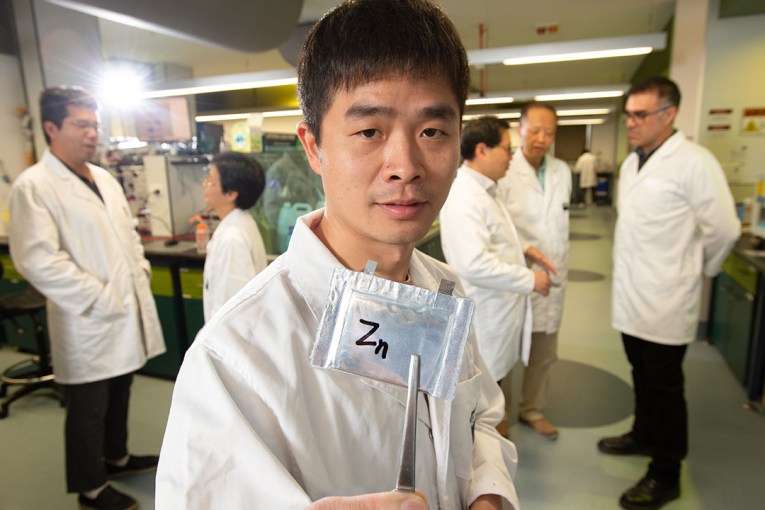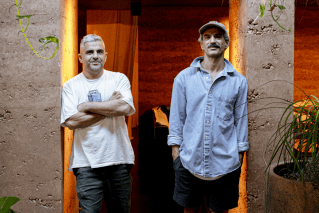When the rubber hits the road, your car may be harming your health

It’s long been known that rainfall quickly becomes contaminated with tiny bits of plastic as it runs over urban landscapes and into aquatic environments. But exactly what’s in it has not been well studied, until now.
Griffith University researchers have shown vehicle tyres are a major menace, accounting for about 90 per cent of the microplastic particles in stormwater, with each litre carrying anywhere from two to 59 particles.
That’s sobering news given tyre rubber contains a toxic mix of 2500 chemicals, and is more dangerous for aquatic life than other types of plastic.
Tests at three sites in southeast Queensland showed runoff from car parks was by far the worst, followed by a roadside location, and finally a residential area.
Dr Shima Ziajahromi from Griffith University’s Australian Rivers Institute was the lead author on the report and says understanding what’s in urban runoff is crucial if aquatic ecosystems are to be adequately protected.
“Stormwater runoff contains a mixture of sediment, chemical, organic and physical pollutants and it’s a critical pathway for microplastics to enter these habitats,” she says.
“Usually stormwater is released into waterways without proper treatment, and that’s a big issue.”
But there is some good news. The study also tested a fine mesh filter for drains that was originally designed to remove sediment, rubbish, oil and grease.
Tests showed it’s also capable of reducing microplastics in stormwater runoff by up to 88 per cent.
Dr Ziajahromi says the device can be retrofitted to existing drains and authorities could start by targeting car parks, and selected roadside locations close to waterways.
The study also evaluated the role constructed stormwater wetlands might play in limiting the dispersal of microplastic pollution.
Man-made wetlands take in stormwater and use vegetation and microbial communities to break down contaminants, or trap them in sediment.
Tests showed a higher abundance of microplastics was found in sediment at the inlet of a constructed wetland than the outlet, indicating they might also be a solution for plastic loads in stormwater.
Dr Ziajahromi says there’s a lot on the line for aquatic ecosystems.
Toxicity testing has shown that just one of the chemicals in tyres – 6PPD, which helps prevent the degradation and cracking of rubber compounds – is highly toxic to some fish species and can kill them, even in very low concentrations.
“Our findings show simple systems can protect our waterways and I strongly recommend the government take action.”
The study also identified a range of other microplastics – particles smaller than 5mm – in stormwater runoff at the three sites.
While dwarfed by tyre wear particles, researchers also found the types of plastic commonly used in packaging, water bottles, and clothing.
Those microplastics have their own set of problems, including that they can enter the food chain when they’re eaten by fish, seabirds and other marine life.
The study has been published in the peer-reviewed journal Environmental Science & Technology.












